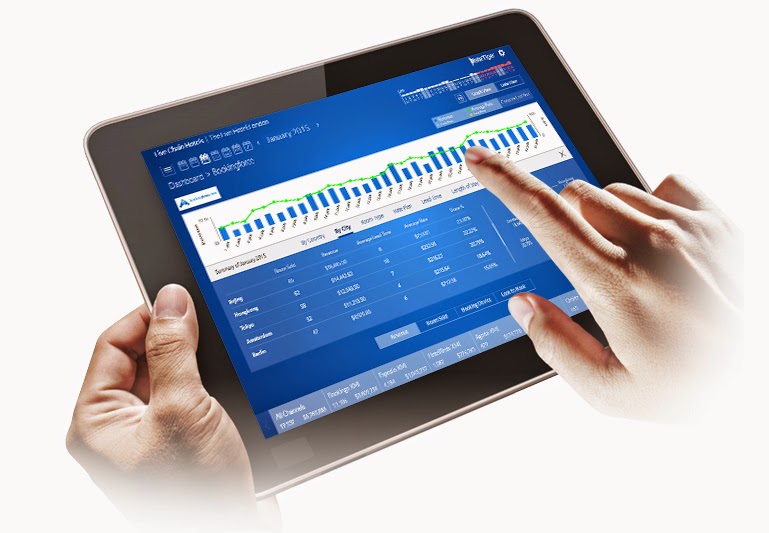In the first part of my article (see here) I’ve focused on Booking.com’s new rate parity agreement and how hotels now have regained control over their pricing. Here is the next part of the article.
Loosening rate parity with a caveat
The commitment comes with a caveat: the hotels had to maintain same rates and booking conditions on Booking.com as they do through their own direct website. Term this as a narrow ‘Most Favored Nation’ agreement, the OTAs require a minimum allocation, or some availability, from hotels. Predictably, hotels are not happy.
They fear that the big OTAs, with their marketing budget would be able to manipulate the search results, which they claim would continue to affect their business adversely. In a strongly worded statement, the British Bed and Breakfast Association calls Booking.com a “bully” and says, “that this new settlement, thrashed out behind closed doors in Europe, is wrong and anti competitive, and against the interests of consumers.” The powerful British Hospitality Association has shown similar disappointment, and terms the commitment as falling short of progress and not benefit customers or hospitality businesses in a meaningful way.
Paris based Accor, Europe’s biggest hotel chain has taken a cautious approach and expressed satisfaction. However, InterContinental Hotel is not impressed. In a market, where close to 70% reservations come through OTA with Booking.com alone contributing over 43%, no one can afford to kill the goose that lays the golden egg.
For now, they have the option of promoting discounted rates to their closed groups for more direct bookings. But then again, Booking.com with its excellent loyalty program, which accounts for close to 50% of their overall reservation will give then a tough run. In fact, industry watchers believe that the next war will be fought over loyalty programs between the OTAs and major hotel brands. Elimination of rate parity might trigger ‘price cannibalism’ between OTAs and brand sites that could (at least potentially) lead to a worse-case scenario for the industry as a whole.
Make the most of the opportunity
As travellers spend more time on research, hotels need to be present at every touch point to their target audience. This is why, hotels need to evaluate each channels for the opportunities they present, and create tailor-made pricing strategies – all while staying within rate parity constraints – for optimizing rate and revenue.
To start with, hotels need to look at analyzing margins from each channel and allocate rate and inventories with margin as base-line. Select channels that bring key value to their properties – ones that support not just when the circus is in town but on a rainy day. With access to reservation reports to identify the customer demographics, hotel can develop intuitive packages to help customers actually find what they are looking for. The basic of every pricing strategy is to know the value of the product and the elasticity up to which consumers would be ready to pay.
Which leads to the importance of evaluating different distribution platforms. Without a foundation of platform based pricing it will be extremely difficult to manage pricing to the players sitting on the various levels of distribution, such as traditional OTAs, Same-day booking sites, GDS, Tour Operators, Own Website, social media, mobile applications, fenced groups, loyalty programs, specific credit cards, and so on. By introducing a platform based pricing methodology, hotels can optimize their rate matrix while staying within their contractual obligations.
Mature distribution markets are moving from daily rate changes to real-time changes from a revenue management perspective which has a positive impact on profit optimization. Remember, price is only one of the four P´s of marketing. Give equal importance to other 3, namely product, place and promotion. Parity is not so evil after all, only misunderstood.
Cristina Blaj is Sales Director at eRevMax. She can be reached at cristinab@erevmax.com



